by Natasha Townsend, Associate Editor
In energy management systems, real-time monitoring and energy efficiency are major factors in performance and cost control.
An energy management system (EMS) monitors, controls, and conserves energy in a facility. The importance of EMS is not only for manufacturing facilities, but for engineers as well. These systems have been used for decades; yet recently, they are undergoing technological changes. EMSs have developed into more technology controlled, virtual, automated systems, where the automatic controls are within computer CPUs. Because of modern technology, some facility managers desire the most state-of-the-art EMS, assuming that its current system is inadequate. Before tackling an EMS issue within a facility, you should address and develop a clear and comprehensive understanding of what are the needs of the facility. These needs may be to upgrade or replace products within the EMS.
The first step in any EMS upgrade or replacement project is to examine and define your requirements for energy management and controls. With today’s products, a simple upgrade to the current EMS may enhance the control, energy efficiency and energy savings that are sought within a facility. In addition to designing, you should educate facility managers or system operators on EMS products, for maximum operability of the system’s potential capabilities.
Some products that enhance and manage the work and performance of EMS are monitoring modules, software plus energy-specific tools, and sensors. These eco-friendly products work collaboratively to reduce energy use, cut waste, and have minimal carbon footprints. Your choice of EMS depends upon its ability to measure, evaluate, and monitor the amount of power actually consumed. When trying to monitor energy savings, another important step is to make energy use data as visual as possible. Today’s real-time monitoring devices have technologically grown up and hit the data-storage cloud. The cloud makes it easier to monitor and manage energy usage in facilities for substantial cost savings, and makes it easy to integrate motor control centers into plant wide energy management systems. Any deviations from normal values can be used to identify machine conditions and evaluated through the use of monitoring systems, to improve energy efficiency.
Larger facilities often tend to take advantage of multiple, strategically located data centers to shift loads where power is the least expensive and more stable. This approach has some additional advantages, as well, including increasing application availability, improving disaster recovery preparedness, and satisfying the growing demand for server capacity. Facilities also seek energy efficient methods for a paperless office, rationalization of IT infrastructure, carbon footprint assessments and green readiness assessments. Some companies that create products readily upgradable to current systems and can help resolve EMS design constraints are Mitsubishi Electric, Rockwell Automation, B&R, Eaton, and Opto 22.
A frequent source of problems is the interface of the EMS with equipment that has some standalone controls. Because saving energy is paramount, Mitsubishi Electric makes energy use data as realistic as possible with EnergyPAQ. The EnergyPAQ uses the Q-series rack PLC system as the basis for energy monitoring modules so, if necessary, you can expand the basic platform in a number of ways. Able to track data for up to five independent circuits, the PAQ system is hard wired from simple current transformers clipped to the power cables. For circuits further afield, multiple additional circuits can be connected using a wireless mesh. Critical data (amperes, voltages, kW, kWh and power factor) can all be monitored and stored in a non-volatile memory for simple retrieval. This memory can be imported into a spreadsheet or dedicated energy-monitoring software. Combined together with a high-end display screen and pre-loaded tracking software, key energy information is visible on the front of the unit itself, as well as being stored.
Software and graphics require increasing amounts of computer resources and speed, making it difficult to plan ahead accurately. Rockwell Automation delivers effective access to more energy data with the FactoryTalk VantagePoint Energy bundle. This bundle includes VantagePoint EMI software plus energy-specific models, charts, trends, dashboards and analysis tools. An energy add-on can be purchased separately. With this application, you can aggregate metered energy-consumption data with production assets throughout the facility to start monitoring energy usage. Software users can access the data necessary to optimize energy consumption, correlate energy usage, determine cost to production, negotiate energy rates, and improve efficiency.
In addition to the software support for EMIs energy bundle, the EnergyMetrix software collects, records and stores energy data from Allen-Bradley or third-party power meters. This software can also capture information on energy usage, flow, temperature, and pressure from controllers, third-party devices or manual entries. It trends historical data dynamically or within custom reports and charts. The application can compare alternative rate schedules to analyze potential cost savings, create energy budgets and forecasts, and track progress toward energy saving goals against live data. Power-quality analysis capabilities show how power quality affects a specific line or facility. Another option, IntelliCENTER Energy software, offers a preconfigured setup of EnergyMetrix software for motor control devices in the motor control center. IntelliCENTER includes variable speed drives, overload relays, and SMC controllers. You can view real-time energy consumption and historical trending at the device level directly from the software.
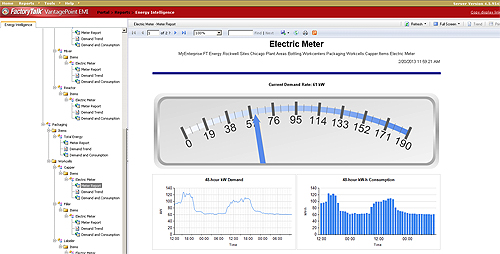
Rockwell Automation delivers effective access to more energy data with the FactoryTalk VantagePoint Energy bundle
The ability to measure and evaluate the amount of power consumed, of course, is energy efficiency. Monitoring systems, such as the EnMon energy-monitoring package, includes B&R’s APROL process control system. The B&R X20 family takes some of the load off the CPU in three variants of energy measurement modules for connecting 20 mA, 1 A and 5 A transformers. Integrated intelligence and preprocessing signals are provided through measurements taken together with calculated effective performance values. Measurement value curves recorded by the module can provide the basis for optimizing traverse paths within a machine. The X20AP energy measurement module measures voltages, currents, frequencies, and reactive components on all phases. Current and voltage measurements up to the 31st harmonic elevate the module to the highest level of precision, while its extreme sensitivity and fourth channel measures leakage currents on the neutral line.
Sensor accuracy is necessary to minimize unnecessary hardware costs and ensure proper system control. The OptoEMU Sensor DR solves energy-monitoring problems by connecting to meters and plant equipment to expose missing energy usage information. In response to a request from the utility commission to reduce power use, the sensor can signal electrical equipment to shed load. The sensor is a monitoring unit for energy usage at commercial and industrial facilities. Connected to utility meters, plant equipment, and facility systems, the sensor gathers real-time energy consumption and demand data. First, it gathers energy data from up to two utility meters or submeters that emit a standard pulsing signal. Each pulse emitted corresponds to an amount of energy used. Pulses are counted and tracked for the total amount of energy used, as well as demanded. It can also receive power usage and other data from a variety of devices using the widely adopted Modbus communication protocol. Once the real-time energy data are gathered, it delivers that data to enterprise business and control systems, and Web-based applications for monitoring and analysis. The sensor can also send energy data to databases, enterprise management systems, and other enterprise business systems using a standard XML protocol. Free software tools are available for SQL database integration, and a new Microsoft .Net developer toolkit makes it possible to integrate energy data with custom software applications.
In addition to reducing power usage in a facility, manufacturers have the opportunity to lower utility costs—and in some cases generate revenue—by participating in demand response (DR) programs. In exchange for incentives such as reduced utility rates, electric utilities, demand-response aggregators, and curtailment, service providers may periodically request that a customer reduce power usage (“response”) to an agreed-upon level. In this situation, the Sensor DR can signal existing energy or building management systems to respond. Future support is scheduled for the industry wide automated demand response protocol OpenADR 2.0. To implement demand-response requests, the sensor may operate independently to shed electrical equipment loads when predefined usage thresholds are reached. This practice, called “demand control,” is particularly important in regions where power utilities levy a demand charge.
Eaton’s H-Max Series variable frequency drive is engineered to increase energy savings, lower utility costs and reduce emissions in commercial buildings. With an energy control algorithm, the drive sets a new standard in efficiency and stability over traditional variable frequency control methods. Customers can save up to 45% over their current control method. By electronically controlling the power supplied to a motor, adjustable frequency drives dynamically adjust the motor’s speed to closely match system power requirements. Combining new technologies like advanced dc capacitors and new-generation insulated gate bipolar transistors (IGBTs), with smarter functions like a real-time clock and calendar, the H-Max Series drives are engineered for efficient operations.
Mitsubishi Electric Automation
www.meau.com
Rockwell Automation
www.rockwellautomation.com
Eaton Corp.
www.eaton.com
B&R Industrial Automation Corp.
www.br-automation.com
Opto 22
www.opto22.com
Filed Under: Energy management + harvesting, TEST & MEASUREMENT

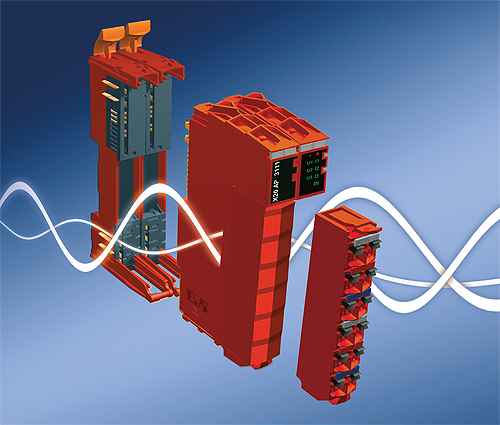
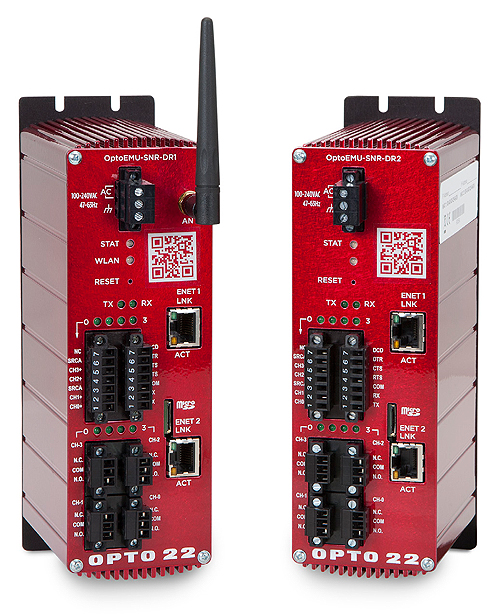
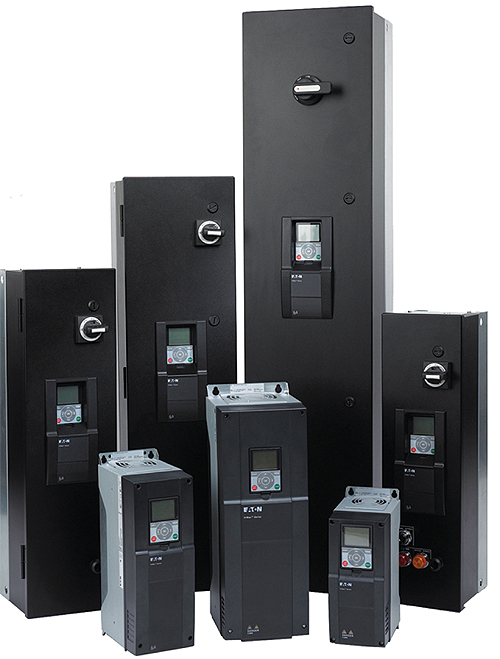
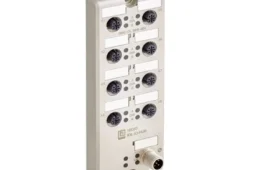

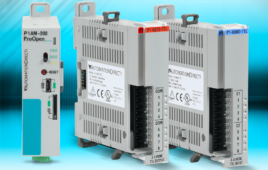
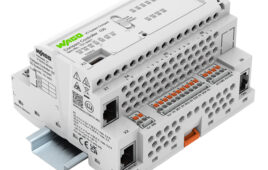
Tell Us What You Think!